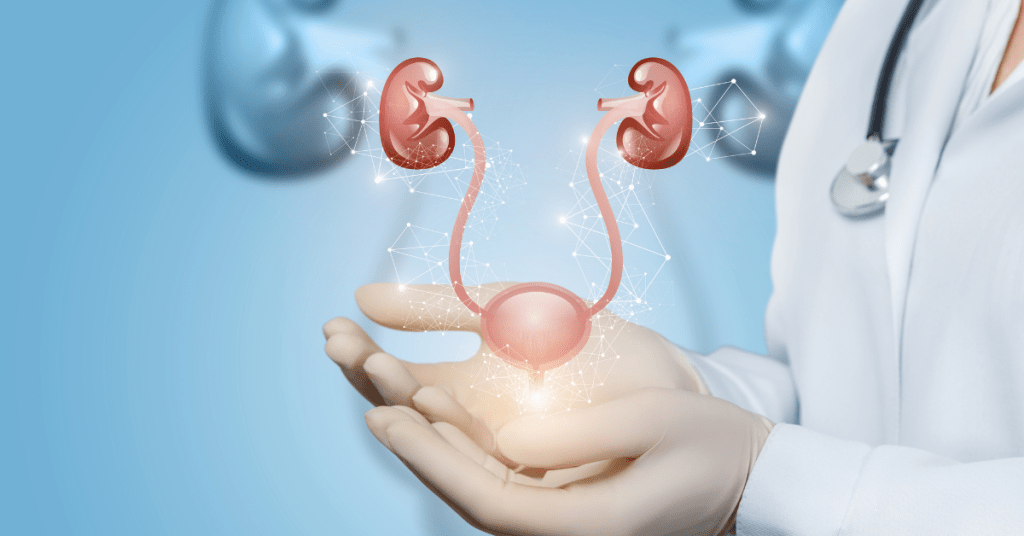An overactive bladder is a common condition that can significantly affect daily life. Recognizing early Overactive Bladder Symptoms is crucial for timely diagnosis and effective management. With advances in medical science, there are now multiple treatment approaches available, ranging from lifestyle changes to advanced surgical solutions.

Recognizing Overactive Bladder Symptoms
The first step in addressing bladder health is identifying Overactive Bladder Symptoms. These typically include a sudden, strong urge to urinate, frequent urination during the day and night, and occasional leakage before reaching the bathroom. Understanding these warning signs allows patients to seek proper care at the right time.
Causes of an Overactive Bladder
There are several reasons why Overactive Bladder Symptoms may occur. Nerve damage, weak bladder muscles, certain neurological conditions, and even lifestyle habits like excessive caffeine intake can all contribute. In many cases, the exact cause is not clear, but identifying the triggers helps in creating a personalized Overactive Bladder Treatment plan.
Modern Non-Surgical Treatments
Many patients benefit from conservative approaches before considering advanced options. Behavioral therapies such as bladder training, pelvic floor exercises, and dietary adjustments often improve Overactive Bladder Symptoms. Medications prescribed by a urologist can also relax the bladder muscles, making them an important part of Overactive Bladder Treatment. For patients who respond well, these therapies reduce the need for more invasive options like Overactive Bladder Surgery.
When Surgery Becomes Necessary?
In cases where non-surgical methods fail, Overactive Bladder Surgery may be recommended. Surgical techniques focus on improving bladder capacity or regulating nerve signals that control urination. For patients with severe Overactive Bladder Symptoms, surgery can provide long-term relief. Advances in minimally invasive methods ensure that Overactive Bladder Surgery is safer, with shorter recovery times and improved outcomes.
Lifestyle Adjustments for Better Management

Small but consistent lifestyle changes can greatly reduce Overactive Bladder Symptoms. Reducing caffeine, alcohol, and carbonated beverages can minimize irritation. Maintaining a healthy weight and practicing pelvic floor exercises further supports bladder control. These simple habits, when combined with professional Overactive Bladder Treatment, provide significant relief and help delay the need for Overactive Bladder Surgery.
Conclusion
Living with Overactive Bladder Symptoms can be challenging, but modern medicine offers hope. From behavioral therapies to medication and advanced Overactive Bladder Treatment, patients have multiple options to regain confidence and control. In severe cases, Overactive Bladder Surgery provides long-term improvement, especially when guided by an experienced urologist. With early recognition and the right medical support, managing this condition is entirely possible.
